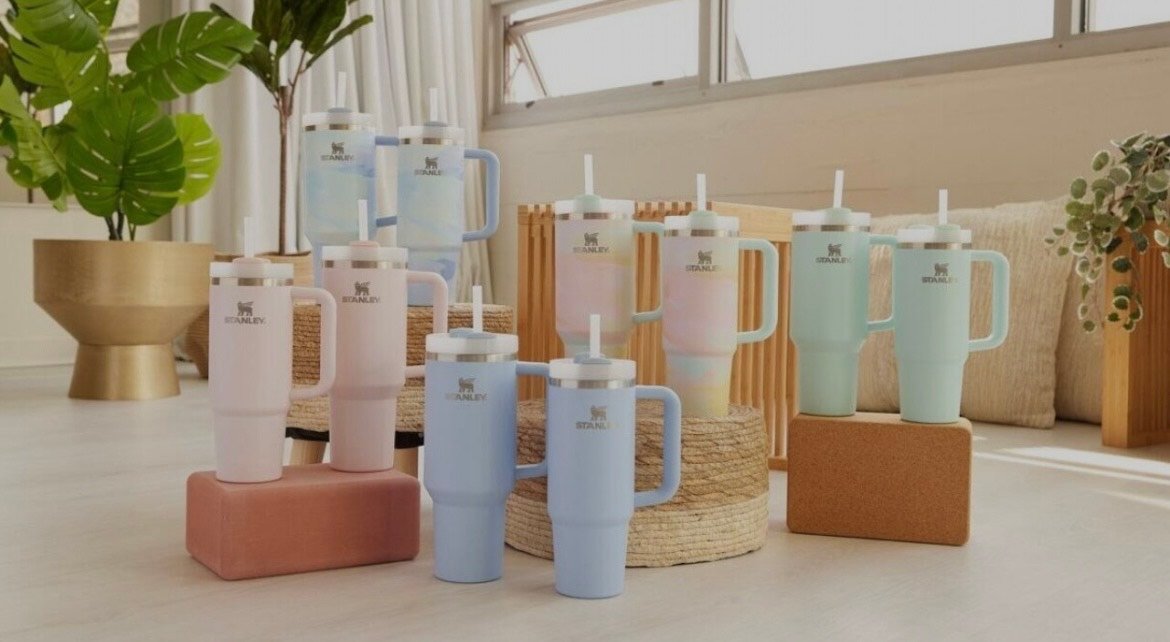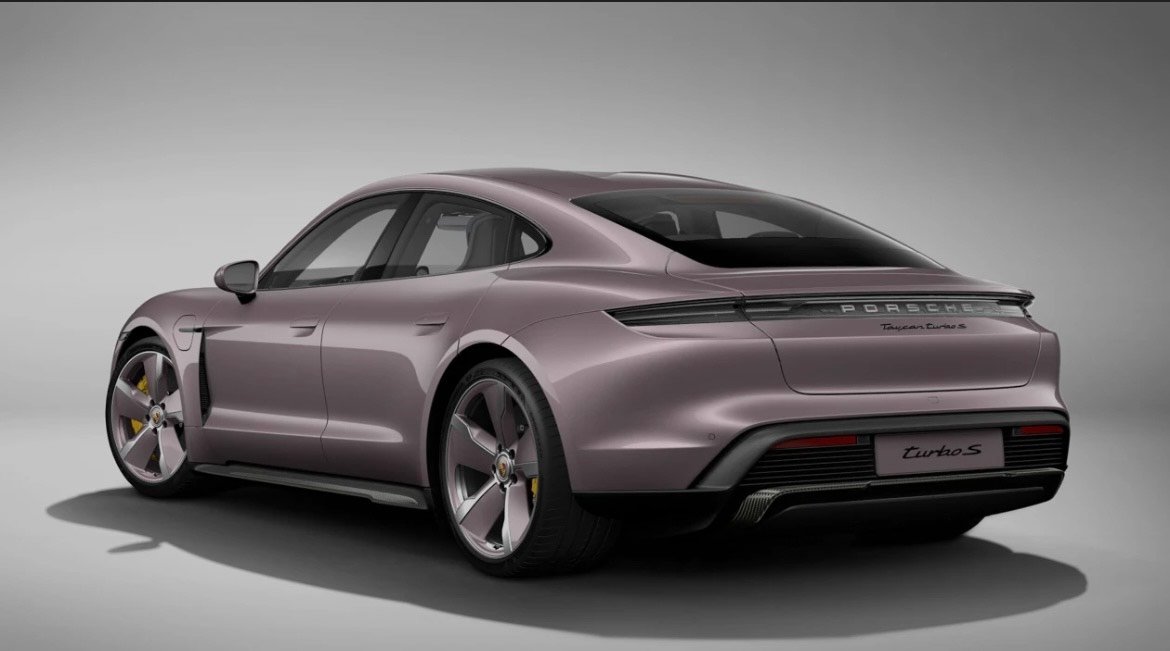Street Style: A Look at Evolving Auto Aesthetics
Jet back or pearly white?
Once upon a time, this question was relevant during the purchase of automobiles. They were undoubtedly the most common colors you saw on the road. The array of colors you see on the road now is a result of people’s growing interest in choosing their vehicles. It has become a form of self-expression where your car reveals a part of your personality.
Until about a few years ago, the world-famous Stanley cups were just an ordinary, boring company specialising in containers for the storage of drinks for over a hundred years. In 2016, the company introduced the Adventure Quencher tumbler, or the viral Stanley cup, as we know it. The makers sure did not expect this creation to be a groundbreaking invention.

Source- https://www.scrippsnews.com/life/here-s-when-and-where-to-get-the-new-stanley-cup-colors-1
A couple of years later, they shifted from basic colors to softer hues, which sold more than the former. Acknowledging the rising popularity of certain shades, the brand took it as an opportunity to elevate the trend and turn it into something bigger. They began collaborating with musicians and celebrities to garner more attention and launched exclusive limited-edition cups.
In a TikTok video, a woman shared the shocking aftermath of her car burning down. She showed the wreckage, and her Stanley in the cup holder. Was it unrecognizable?
It was untouched, and it looked better than ever. The video went on to gain over 9 million likes, and viewers who had never bought it were motivated to invest in one. This was just the start of the millions of dollars the brand was going to make.
This is one of the many stories that showcase the significance of appearance when it comes to selling even a high-quality product. While function and durability are important, it is often the visual appeal that draws consumers in and drives sales. In the case of Stanley’s, this proved especially true. Despite their reputation for performance, it was the aesthetic appeal that helped skyrocket their popularity. Unsurprisingly, their primary target audience was women, and the vast majority of consumers who resonated with the product’s design, shared it online, and turned it into a trend were also female. This reflects a broader pattern in consumer behavior where thoughtful design and a sense of visual identity can transform a practical item into a cultural phenomenon.
Vehicles were also limited to basic color options just a few years ago. Understanding the needs of the consumer and choosing the right clientele can do wonders for any market. When automobile manufacturers recognized it and began producing specifically targeting a certain market, they saw the growth in their sales and started marketing just like it. We are all familiar with Gen-Z marketing trends, where so many companies all over the world are participating on social media. Such videos gain millions of views and likes, definitely helping their overall sales.

High-end companies like Porsche, Mercedes, and Audi gradually shifted from monotonous to launching cars in soft tones of pink and purple. This attracted the attention of the other half of the population, who wanted something for themselves. Just like that, the demand increased, and so did the sales. Such manufacturers are now introducing cars with a wide range of colors in softer hues, steering away from the basics.
While some drivers will continue to stick to the cardinal colors, others are open to exploring. Automobiles are continuing to increase on the road, with more people investing in them as it has become an essential part of daily life. It will be interesting to see what the future of transportation is, especially with AI now being incorporated in almost every field. Until then, the streets will continue to fascinate us with each car that passes.


